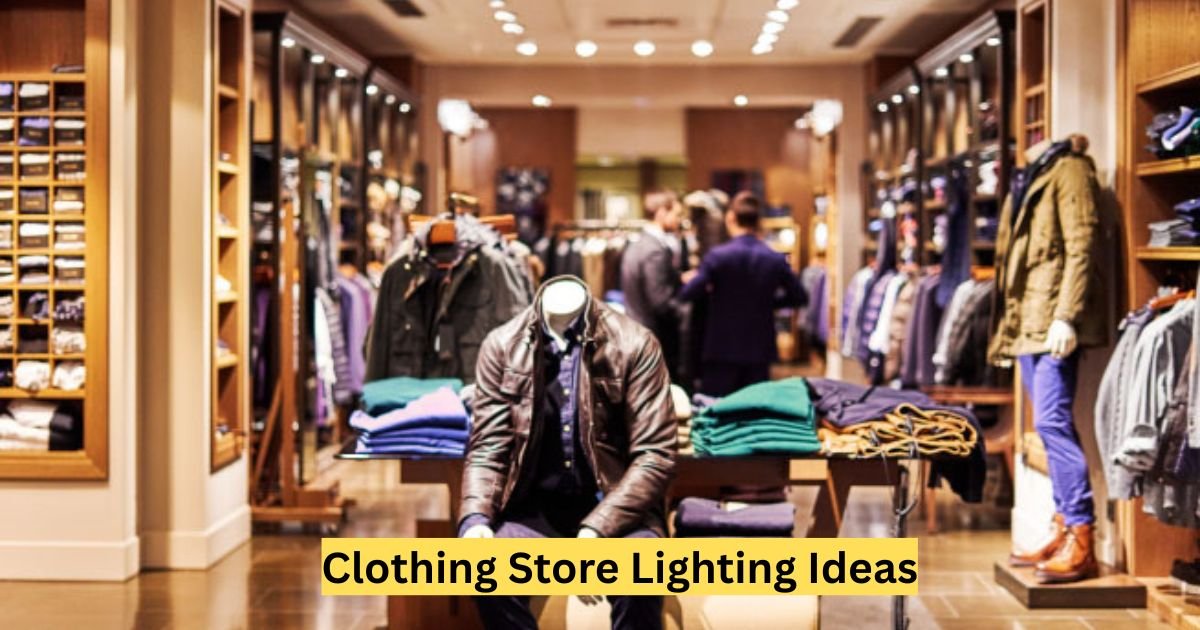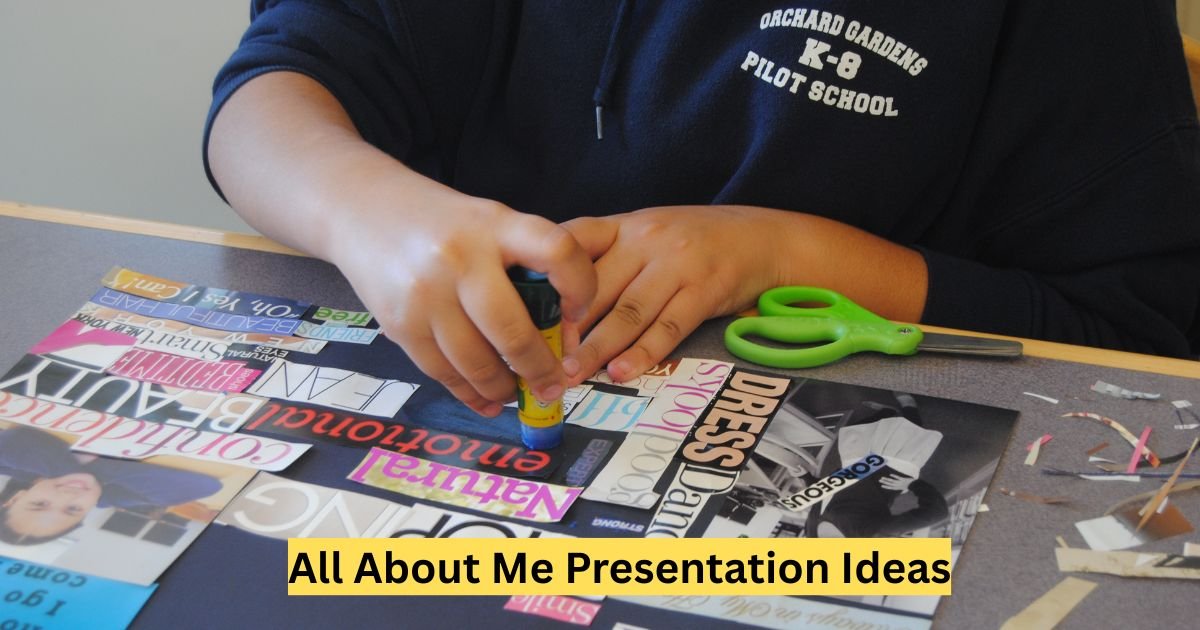Lighting in a clothing store isn’t just about visibility—it’s about creating an inviting atmosphere, showcasing products, and driving sales. The right lighting can highlight textures, enhance colors, and guide customers through your store. This article explores innovative clothing store lighting ideas, backed by data and real-world examples, to help you design a retail space that captivates shoppers. Whether you’re opening a boutique or revamping a chain, these practical tips will illuminate your path to success.
Why Is Lighting Important in a Clothing Store?
Lighting directly impacts customer behavior and sales. According to a 2019 study by the Lighting Research Center, well-lit retail spaces can increase customer dwell time by up to 20%. Proper lighting enhances product appeal, creates a mood, and influences purchasing decisions. Poor lighting, on the other hand, can make products look dull or unappealing, driving customers away.
-
Enhances Product Visibility: Bright, accurate lighting showcases clothing colors and textures.
-
Sets the Mood: Warm or cool lighting can evoke emotions, from cozy to modern.
-
Guides Customer Flow: Strategic lighting directs attention to key displays or promotions.
-
Boosts Sales: Well-lit stores report higher conversion rates, as per a 2021 retail lighting survey.
Let’s dive into specific lighting ideas to transform your clothing store into a shopper’s paradise.
Types of Lighting for Clothing Stores
To create a dynamic retail environment, combine different lighting types. Each serves a unique purpose, from highlighting products to creating ambiance.
Ambient Lighting
Ambient lighting provides the overall illumination for your store. It ensures customers can navigate comfortably without straining their eyes.
-
Best Practices: Use LED ceiling lights for even distribution. Aim for 300-500 lux for general areas, as recommended by retail lighting standards.
-
Example: Zara uses soft ambient LED lighting to create a modern, welcoming vibe in its global stores.
-
Tip: Choose dimmable LEDs to adjust brightness based on time of day or store events.
Accent Lighting
Accent lighting draws attention to specific displays, such as mannequins or featured collections. It creates focal points that guide customer attention.
-
Best Practices: Use track lights or spotlights with a beam angle of 15-30 degrees for precise focus. Aim for 800-1000 lux on displays.
-
Example: Nordstrom employs accent lighting to highlight premium designer clothing, making items pop against neutral backgrounds.
-
Tip: Pair accent lights with mannequins styled in seasonal outfits to boost impulse buys.
Task Lighting
Task lighting supports specific activities, like fitting rooms or checkout counters. It ensures functionality and comfort for customers and staff.
-
Best Practices: Use bright, shadow-free lighting in fitting rooms (500-700 lux). Opt for warm tones to flatter skin tones.
-
Example: H&M’s fitting rooms use full-spectrum LED lights to make customers feel confident in their clothing choices.
-
Tip: Install mirrors with integrated LED strips for even, flattering illumination.
Decorative Lighting
Decorative lighting adds personality and brand identity. Think chandeliers, pendant lights, or neon signs.
-
Best Practices: Choose fixtures that align with your brand aesthetic—modern, vintage, or minimalist.
-
Example: Anthropologie uses ornate chandeliers in its boutiques to create a bohemian, upscale vibe.
-
Tip: Use decorative lighting sparingly to avoid overwhelming the space.
How Can Lighting Improve the Shopping Experience?
Lighting shapes how customers perceive your store. Here’s how to use it to enhance their experience:
Create a Welcoming Atmosphere
Warm lighting (2700-3000K) creates a cozy, inviting feel, ideal for boutiques or luxury stores. Cooler lighting (3500-4000K) suits fast-fashion or athletic wear retailers, conveying energy and modernity.
-
Tip: Use a mix of warm and cool tones to balance ambiance and clarity.
-
Example: Abercrombie & Fitch uses dim, warm lighting to create an intimate, exclusive vibe.
Highlight Key Products
Use accent lighting to spotlight high-margin or seasonal items. For example, a 2022 retail study found that spotlighted displays increased sales of featured products by 15%.
-
Tip: Rotate accent lighting to highlight new arrivals weekly.
-
Example: Nike’s flagship stores use dynamic LED spotlights to showcase limited-edition sneakers.
Enhance Color Accuracy
Color rendering index (CRI) measures how accurately lighting displays colors. A CRI of 90+ is ideal for clothing stores to ensure fabrics look true-to-life.
-
Tip: Invest in high-CRI LEDs to avoid color distortion.
-
Example: Uniqlo uses high-CRI lighting to ensure clothing colors remain vibrant and accurate.
Innovative Lighting Ideas for Clothing Stores
Ready to think outside the box? Here are creative lighting solutions to set your store apart.
Interactive Lighting Displays
Interactive lighting responds to customer movement or preferences, creating a memorable experience.
-
Idea: Install motion-sensor lights that brighten when customers approach a display.
-
Example: Adidas’s NYC flagship store uses smart lighting that changes colors based on customer interactions with digital kiosks.
-
Tip: Pair with smart mirrors that adjust lighting to simulate day or night conditions.
Seasonal and Thematic Lighting
Change lighting to reflect seasons, holidays, or brand campaigns. For instance, warm amber tones for fall or icy blues for winter.
-
Idea: Use programmable LED strips to create seasonal window displays.
-
Example: Macy’s holiday window displays combine colored LEDs with traditional decor for festive appeal.
-
Tip: Plan lighting changes in advance to align with marketing campaigns.
Sustainable Lighting Solutions
Sustainability is a growing trend. Energy-efficient lighting reduces costs and appeals to eco-conscious shoppers.
-
Idea: Use solar-powered exterior lights for window displays.
-
Data: LED lighting can reduce energy costs by up to 50%, according to the U.S. Department of Energy.
-
Tip: Highlight your eco-friendly choices with in-store signage to attract green-minded customers.
What Are the Best Lighting Fixtures for Clothing Stores?
Choosing the right fixtures ensures functionality and style. Here’s a breakdown of top options:
|
Fixture Type |
Best Use |
Pros |
Cons |
Example Brands |
|---|---|---|---|---|
|
LED Recessed Lights |
Ambient lighting |
Energy-efficient, long lifespan |
Higher upfront cost |
Philips, Cree |
|
Track Lights |
Accent lighting |
Adjustable, versatile |
Can be bulky |
Soraa, WAC Lighting |
|
Pendant Lights |
Decorative lighting |
Stylish, brand-aligned |
Limited coverage |
Artemide, Flos |
|
LED Strips |
Display or shelf lighting |
Flexible, easy to install |
Lower brightness |
Govee, LIFX |
-
Tip: Combine fixtures for a layered effect—ambient for coverage, accent for focus, and decorative for flair.
-
Example: Forever 21 uses a mix of recessed LEDs and track lights for a modern, budget-friendly setup.
Common Lighting Mistakes to Avoid
Even the best intentions can go awry. Avoid these pitfalls to ensure your lighting shines:
-
Overly Bright Lighting: Harsh lighting can make customers feel exposed. Stick to 300-500 lux for general areas.
-
Inconsistent Color Temperatures: Mixing warm and cool tones haphazardly creates a disjointed feel. Plan your lighting palette.
-
Neglecting Fitting Rooms: Poorly lit fitting rooms can deter purchases. Ensure bright, flattering light with a CRI of 90+.
-
Ignoring Maintenance: Dust or burnt-out bulbs diminish appeal. Schedule regular cleaning and replacements.
How to Plan Your Clothing Store Lighting Design
Creating a cohesive lighting plan requires strategy. Follow these steps:
-
Assess Your Space: Measure square footage and ceiling height to determine lighting needs.
-
Define Your Brand: Choose lighting that reflects your brand—sleek for modern, warm for vintage.
-
Map Customer Flow: Use lighting to guide customers to key areas like new arrivals or checkout.
-
Test and Adjust: Experiment with brightness and color temperatures to find the perfect balance.
-
Consult a Professional: For large stores, hire a lighting designer to optimize layout and efficiency.
-
Tip: Use lighting design software like DIALux to simulate your setup before installation.
Real-World Success Stories
-
Reiss: This UK-based retailer revamped its lighting with high-CRI LEDs and saw a 10% increase in sales, as reported in a 2023 case study.
-
Lululemon: By using dynamic accent lighting in window displays, Lululemon increased foot traffic by 12% during holiday seasons.
-
Gucci: Gucci’s flagship stores use layered lighting (ambient, accent, and decorative) to create a luxurious shopping experience, contributing to its premium brand image.
See Also: top10ideas.org
Conclusion
Effective lighting is a game-changer for clothing stores. By combining ambient, accent, task, and decorative lighting, you can create an inviting, functional, and brand-aligned space. From high-CRI LEDs to interactive displays, the right lighting ideas enhance product appeal, guide customers, and boost sales. Avoid common mistakes, plan strategically, and consider sustainable options to stay ahead of the curve.




